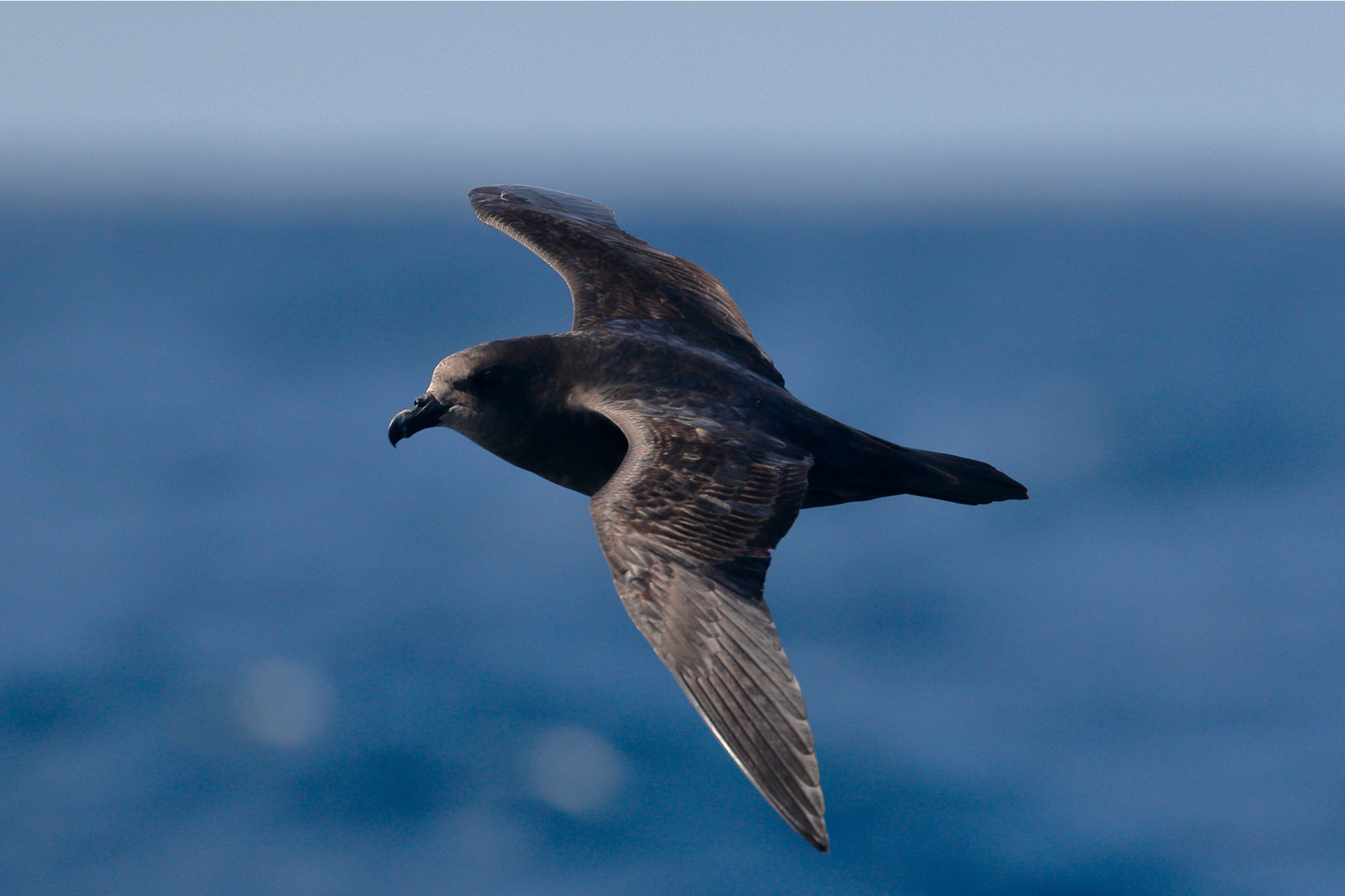| Principal Investigator: | Dr Jim Groombridge |
|---|---|
| Project dates: | 2011-September 2016 |
| Funding: | NERC/University of Reading (£35,596) |
| Collaborators: | Prof. Ken Norris and Dr. Malcolm Nicoll, CAER, University of Reading. Mauritian Wildlife Foundation, Mauritius. |
The University of Kent is responsible for the genetic component of this project, which is lead by the University of Reading in collaboration with the University of Kent, the Mauritian Wildlife Foundation and the National Parks and Conservation Service (Government of Mauritius).
 The Round Island petrel breeds on Round Island, just to the north of Mauritius in the Indian Ocean. Interestingly, the Round Island petrel is actually a species complex, consisting of one Atlantic species (Trindade petrel), two species from the South Pacific (Kermadec & Herald petrels), and inter-specific hybrids. This means the population consists of individuals with a range of genetic, and therefore geographic, origins dictated by their evolutionary history. Whilst breeding, all individuals are exposed to changing environmental conditions in the Western Indian Ocean, e.g. increasing sea surface temperatures. However, outside of the breeding season we have little knowledge of where these petrels go and hence the environmental pressures they are exposed to.
The Round Island petrel breeds on Round Island, just to the north of Mauritius in the Indian Ocean. Interestingly, the Round Island petrel is actually a species complex, consisting of one Atlantic species (Trindade petrel), two species from the South Pacific (Kermadec & Herald petrels), and inter-specific hybrids. This means the population consists of individuals with a range of genetic, and therefore geographic, origins dictated by their evolutionary history. Whilst breeding, all individuals are exposed to changing environmental conditions in the Western Indian Ocean, e.g. increasing sea surface temperatures. However, outside of the breeding season we have little knowledge of where these petrels go and hence the environmental pressures they are exposed to.
For the past two breeding seasons, petrels nesting on Round Island have been caught and fitted with Geolocators. These provide a detailed picture of the flight path taken by birds once they leave Round Island and the time they spend at sea before returning to land. Environmental recordings, such as sea surface temperature are also recorded at regular intervals.
Dr Raisin will be developing microsatellite DNA markers for the species and will use the genotypes provided by these markers, along with information gained from sequencing specific genes, to establish the genetic origin of individual birds. Using this information on the evolutionary history of individuals we aim to establish whether the genetic origin of a bird influences its use of space.
More information on the project can be found here.

